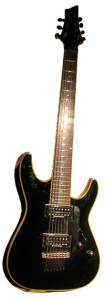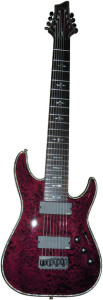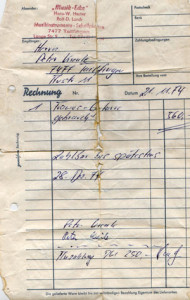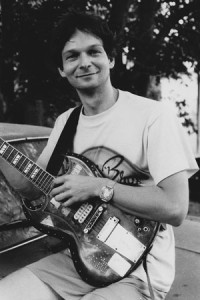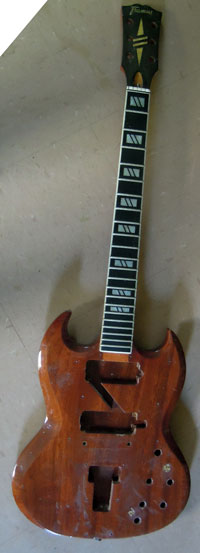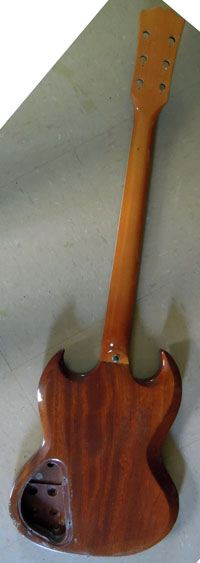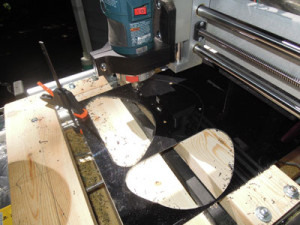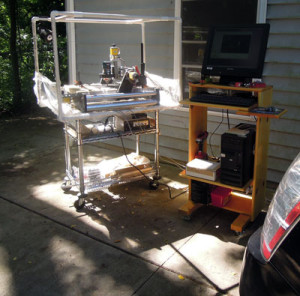Who controls the 8th string?
A few years ago I started playing seven string guitar. It’s only an added B string below the low E. And while I am practicing quite a bit, composed several pieces for seven string classical guitar and adapted J. S. Bach’s 15 Two Part Inventions and all of the Well Tempered Clavier for the instrument, only now do I start feeling somewhat comfortable. Sure, there is the issue of smaller string spacing on my seven string electrics. Then there is my habit of using the note on the low E string as sort of an anchor point for the notes on the other strings. And then, maybe, the extra neurons needed in the brain to add control over that added string may not grow as quickly in an older person.
To add insult to injury, this past summer I found a really nice eight string guitar on eBay – and when I pick that up my musical-guitaristic instincts are once again of no help. This time however I seem to experience it from a more neutral observer. As long as I totally ignore any of the strings on the bottom (let’s say the low E, B and F#) I can just pretend it’s a normal guitar. When I then try to incorporate the E and B strings I “know” what the notes are called and I see the patterns they form with what I play on the upper strings – at least to a certain degree and when I am not looking at the fingerboard but imagine where my fingers are in my head.
But now I get to that eighth string. That F#. As long as I play by ear and just extend the scales downward to the eighth string I am fine. My fingers know where to put themselves. But when I try to play chords based off of that eighth string I notice that I have to “calculate” the note name just like a beginner – relative to the open F#. It doesn’t help that my brain also thinks that the lowest string is a B.
The funny thing about this effect is that the low F# string feels like an added third arm might feel. It’s there but there is no software in place to control it. Just like when you hook up an external device (printer, hard drive, etc) to your computer and there is no driver installed – the computer might notice that something was connected but it has no idea what to do with it.
Like I mentioned, I went through this process after I started the seven string guitar thing. I realized that over about 35 years of playing guitar there were so many patterns, shortcuts, good and bad habits, chord and scale shapes (and much more) in my brain that I was never thinking on a note by note level. Almost as if certain chord voicings were attached to practice sessions or gigs where I discovered them. Or whole musical passages where associated with a specific person or date. Adding an extra string seemed to require to rearrange many of these associations or make new ones.
Now, as I am going through the eighth string learning pains, I observe from a third person perspective. While I am playing I can almost “feel” the blank spots of my guitaristic brain as I torture that new, unknown string. It feels a lot like stepping from firm ground onto an ice sheet. Somewhat dangerous on a gig but a lot of fun. And it also includes some personal research into how I learn.

